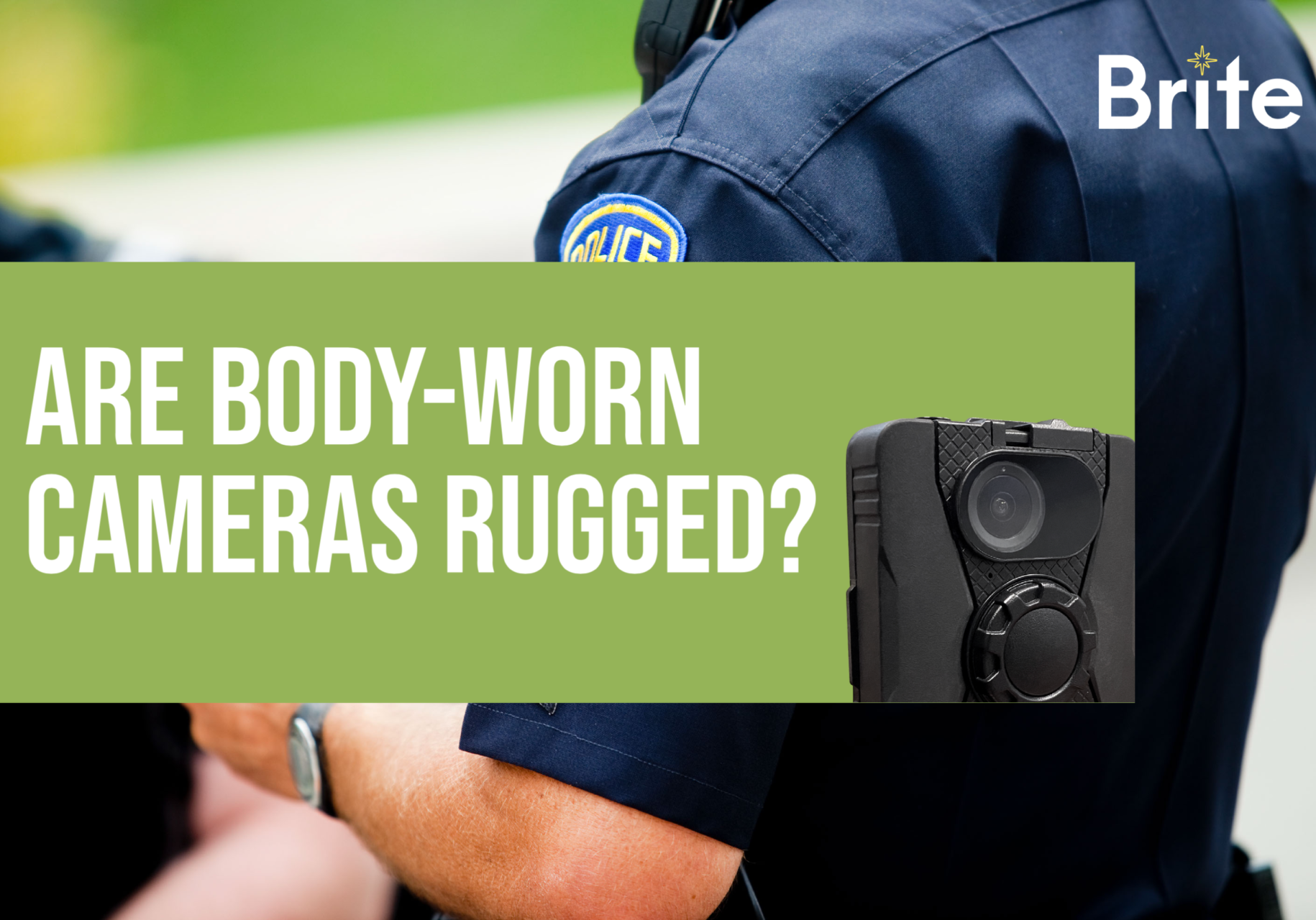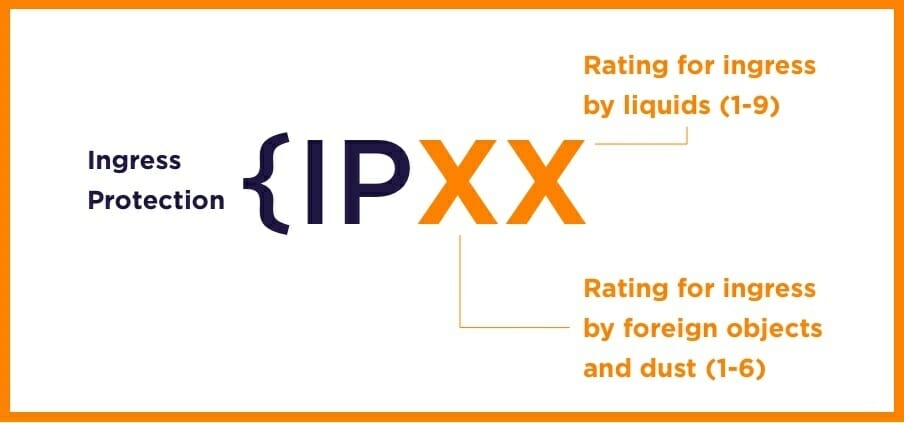Are Body-Worn Cameras Rugged?
February 23, 2021
Rugged. A popular word used for classifying public safety technology, and for a good reason, too. Public safety individuals can experience a wide range of conditions and their technology needs to be able to withstand it all. We explored rugged computers in the past, and today are going to breakdown how rugged body-worn cameras are by sharing:
- What makes a BWC rugged
- Use case: Getac Video Solutions Rugged BWC in-action
What makes a BWC rugged: Understanding rugged ratings
Rugged ratings are a distinction of how durable a piece of technology is. To earn the rating, the piece is put through a series of standard tests to determine if it can withstand various conditions. While there is a number of rugged ratings, two common standards for public safety technologies are IP68 and MIL-STD-810G.
First, let’s breakdown what IP68 means. The ‘IP’ stands for ingress protection and refers how well a device can protect against the infiltration of water, dust and foreign objects. The first number listed, the level of protection against foreign objects and dust. A ‘0’ indicates no protection up to a ‘6’ which specifies full protection of dust. The second number represents the level of protection against liquids. For example, an ‘8’ indicates the device is protected against water immersion beyond 1 meter for 30 minutes.
MIL-STD-810G is the second type of rugged rating. MIL-STD are the set of standards created by the US military and has since been adopted at the worldwide standard for durability of a device. Specifically, the MIL-STD-810G certification signifies the ability to withstand the following conditions:
- Low pressure (altitude)
- High temperature
- Low temperature
- Temperature shock
- Humidity
- Blowing dust
- Vibration
- Drop
- Freeze/thaw
Overall, think of rugged ratings as a built-in insurance policy against the device to handle everything day-to-day tasks, extreme conditions and everything in-between. Although, we highlighted two (IP68 and MIL-STD-810G), when evaluating devices, confirm and compare different rugged ratings with your particular use case in mind.
Use Case: Getac Video Solutions BWC in-action
Speaking of use cases, the best way to illustrate the ruggedness of a BWC is to see one in action. The video below showcases how the camera performs and withstands being submerged in water.
When choosing a body-worn camera device and platform there is a range of features to evaluate and compare. The rugged rating helps protect the investment and ensures the device can endure all conditions.


